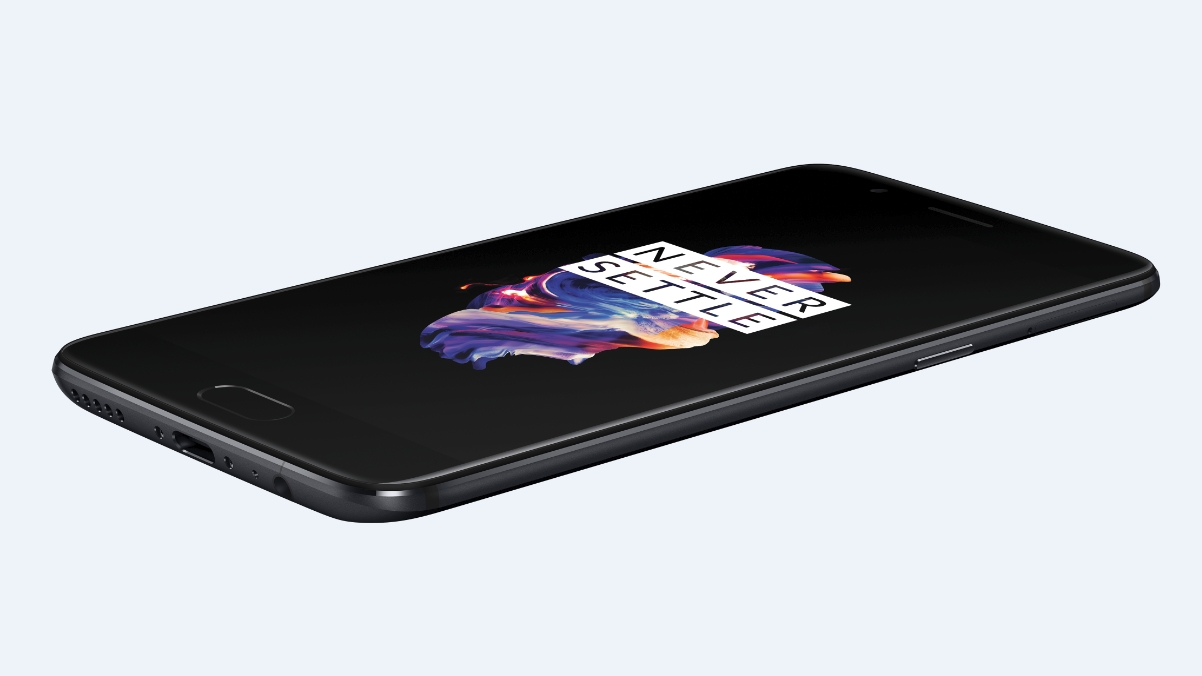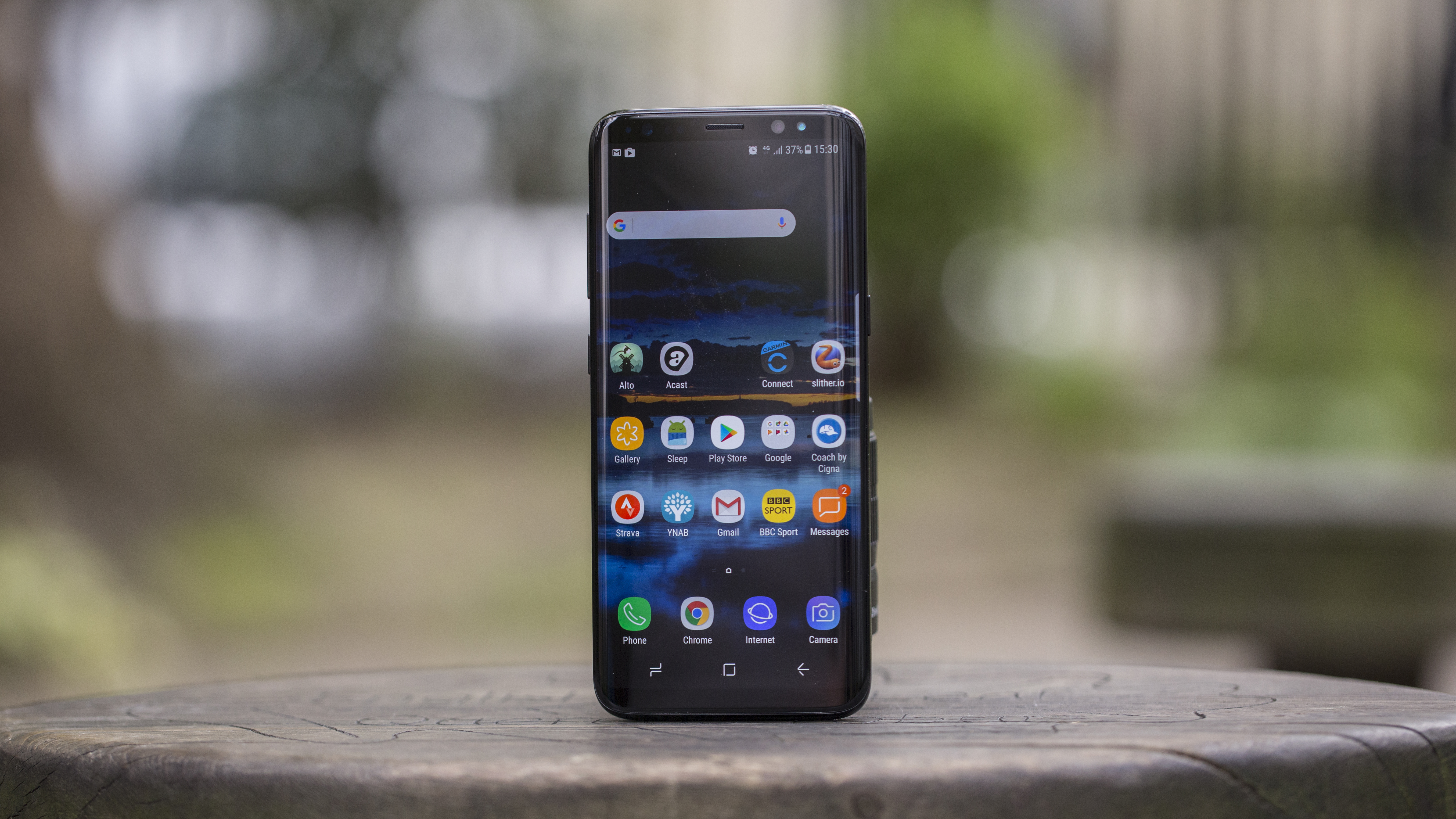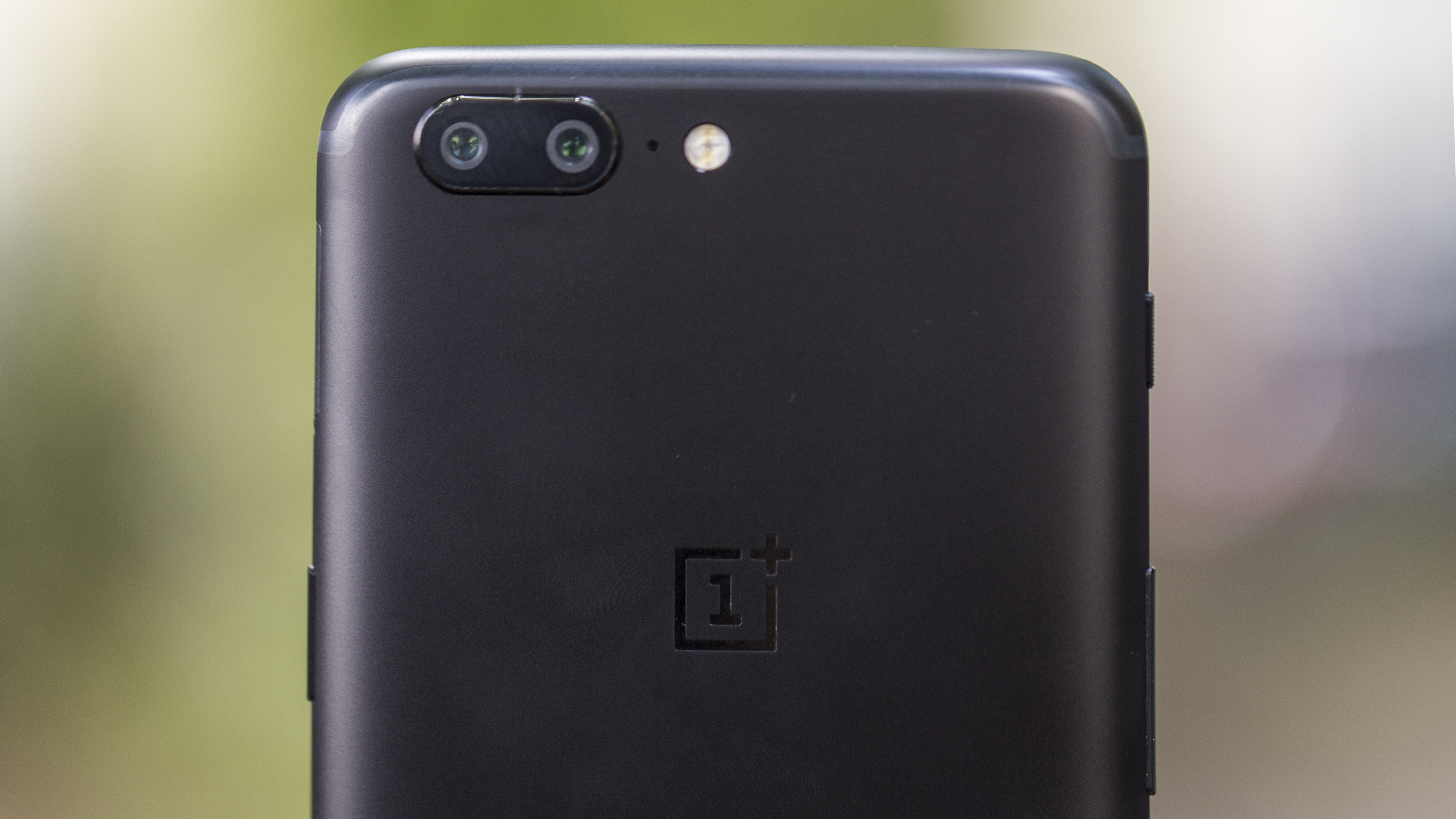OnePlus 5 vs Samsung Galaxy S8
Is there a galaxy of difference between them?

OnePlus started out as an underdog just a few years ago, but it’s risen to become a flagship force to be reckoned with, so much so that you might genuinely be considering whether to buy a OnePlus 5 or a Samsung Galaxy S8.
And it won’t just come down to price. In fact, increasingly OnePlus handsets are no longer the affordable options they once were. But as brand recognition grows they don’t necessarily need to be, especially when they pack in as much tech as the OnePlus 5.
But just how do the OnePlus 5 and Samsung Galaxy S8 compare? And is it really a fair fight? We’ve put the two phones head to head to find out.
- Read our OnePlus 5 review
OnePlus 5 vs Samsung Galaxy S8 design

The OnePlus 5 is a good-looking phone, with a slim 7.25mm thick metal unibody, curved edges, and antenna bands that wrap around the edges, almost disappearing into the frame.
It’s a great look and one that’s quite different to the Samsung Galaxy S8. That phone is even curvier if anything, with a curved glass back and even a curved screen (more on that below), fused together with a metal frame.
The bezels on the S8 are smaller and it benefits from water and dust resistance, which the OnePlus 5 doesn’t have, but being fully clad in glass the S8 is arguably more fragile, and it’s slightly thicker at 8mm.
Yet the Galaxy S8 is surprisingly compact in other ways, coming in at 148.9 x 68.1mm and 155g. The OnePlus 5 meanwhile is 154.2 x 74.1mm and 153g, despite having a smaller screen.
Get daily insight, inspiration and deals in your inbox
Sign up for breaking news, reviews, opinion, top tech deals, and more.
You’ll also find the Samsung Galaxy S8 in a wider range of colors, including Midnight Black, Orchid Gray, Arctic Silver, Coral Blue and Maple Gold, while the OnePlus 5 just comes in Midnight Black and Slate Gray.
OnePlus 5 vs Samsung Galaxy S8 display

This is arguably the high point of the Samsung Galaxy S8 and the low point of the OnePlus 5. Not that the OnePlus 5 has a bad screen, just that it’s not changed much from the OnePlus 3T, as it’s a 5.5-inch 1080 x 1920 16:9 display with a pixel density of 401 pixels per inch.
The Samsung Galaxy S8 on the other hand has a curved 5.8-inch 1440 x 2960 screen with a pixel density of 570 pixels per inch. So it’s bigger, sharper and – thanks to its curves and lack of bezels – more eye-catching, all while fitting into a smaller frame.
The Samsung Galaxy S8 also employs a wider 18.5:9 aspect ratio, but one way in which the two phones are the same is the use of AMOLED technology. This typically leads to more vibrant visuals than LCD, with true blacks achieved by turning off individual pixels, which an LCD screen can’t do.
OnePlus 5 vs Samsung Galaxy S8 OS and power

The Samsung Galaxy S8 is a tremendously powerful phone, with 4GB of RAM and either a Snapdragon 835 or Exynos 8895 chipset (depending on where you are in the world). Both of those rank among the top smartphone chipsets available though.
But the OnePlus 5 has it beat, at least on paper, with a Snapdragon 835 chipset of its own and up to 8GB of RAM. That figure is arguably overkill and might not have a huge impact on performance, especially as the OnePlus 3T (which has 6GB of RAM) isn’t as powerful as the Galaxy S8, but both the S8 and the OnePlus 5 are sure to rank among the most powerful phones of the year.
Both handsets run Android Nougat, though the S8 is on 7.0, while the OnePlus 5 is on the slightly newer 7.1.1. But both are sure to get updated to Android O when it’s available.
The main difference here isn’t in the operating system itself but in the interface that’s been put on top. The S8 sports ‘Samsung Experience’, which is the latest version of what used to be known as TouchWiz. It’s sleek and understated but looks quite different to stock Android and is packed full of features, including Samsung’s own Bixby AI assistant.
OxygenOS, used by the OnePlus 5, is a lot cleaner and closer to pure Android, but still has some extra features built on top, such as a reading mode and gesture controls.
OnePlus 5 vs Samsung Galaxy S8 camera and battery

The OnePlus 5 has a dual-lens camera, combining 16MP and 20MP lenses. This serves a couple of purposes. One is that you can combine the two to blur backgrounds while keeping the subject in focus – also known as a bokeh effect, which can create striking images.
The other is for optical zoom, so you can zoom in without degrading the quality of your image. It also sports speedy autofocus, the ability to shoot 4K video, and, in the case of the main 16MP lens, an f/1.7 aperture, which is larger than most phones have, allowing it to capture more light.
The Samsung Galaxy S8 only has a single-lens snapper, but it’s one of the best we’ve come across. It’s 12MP and also has an f/1.7 aperture, plus optical image stabilization and the ability to record 4K video.

It’s perhaps less feature-packed than the OnePlus 5’s, but image quality is the important thing and it’s at or near the top of the pack there. We’ll let you know how the OnePlus 5 compares once we’ve put it through a full review.
Around the front the OnePlus 5 has a 16MP camera, which is a higher megapixel count than most selfie snappers, but it has an f/2.0 aperture, while the 8MP front-facing camera on the Galaxy S8 has an f/1.7 aperture – meaning the S8’s has a larger lens opening and is likely to perform better in subpar lighting.
The OnePlus 5 has a significantly bigger battery though at 3,300mAh to the Galaxy S8s 3,000mAh.
In practice, the S8’s is good enough to easily last a day for most users, but not necessarily much more than that. It remains to be seen how the OnePlus 5’s will compare, but both phones support fast charging, so you won’t need to plug them in for long.
OnePlus 5 vs Samsung Galaxy S8 price
The OnePlus 5 retails for $479/£449 (around AU$630) if you want a 64GB version or $539/£499 (around AU$710) for 128GB.
That’s not cheap but still some way below the Galaxy S8, which costs $725/£689/AU$1,200, and you only get 64GB of storage for that, though there is a microSD card slot.
Takeaway

Aside from its screen the OnePlus 5 looks to be just as much of a flagship as the Samsung Galaxy S8, and costs quite a lot less (though still a lot).
Along with its lower price, its dual-lens camera could be a big selling point, as could the huge amount of RAM you can get it with, even if that’s likely to be overkill in reality.
The Samsung Galaxy S8 meanwhile stands out for its great screen and striking design, and its camera, while more basic on paper, delivers in practice.
While we won’t know for sure how the OnePlus 5 stands up until we’ve put it through a full review, on paper it looks to be one of the more impressive phones of the year.
And even assuming it doesn’t knock the Samsung Galaxy S8 off its perch at the top of our best phones list, it could be a strong alternative – especially if you want to save some money.
- The Pixel 2 is another Android flagship that's coming soon.
James is a freelance phones, tablets and wearables writer and sub-editor at TechRadar. He has a love for everything ‘smart’, from watches to lights, and can often be found arguing with AI assistants or drowning in the latest apps. James also contributes to 3G.co.uk, 4G.co.uk and 5G.co.uk and has written for T3, Digital Camera World, Clarity Media and others, with work on the web, in print and on TV.